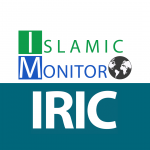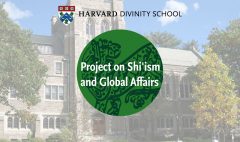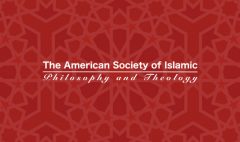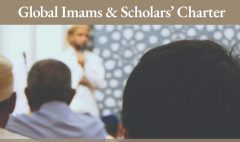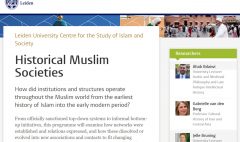Stanford program addresses the complexities of Islam, equips Bay Area teachers with tools to educate students
July 10, 2017 2023-08-13 10:27Stanford program addresses the complexities of Islam, equips Bay Area teachers with tools to educate students
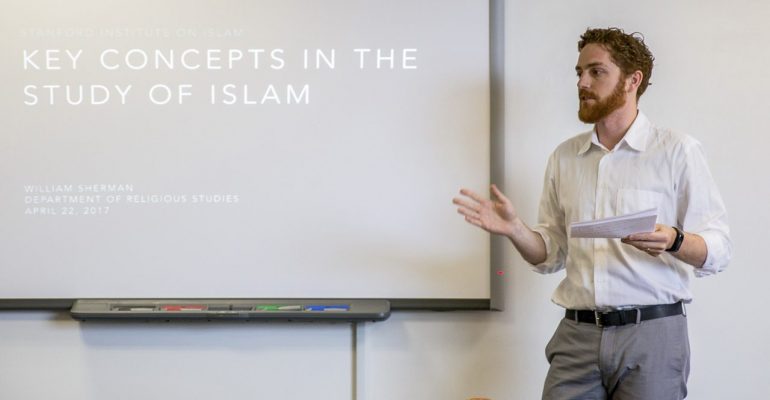
Stanford program addresses the complexities of Islam, equips Bay Area teachers with tools to educate students
Bay Area teachers gathered at Stanford for a five-week program this spring that provided educators strategies to teach Islam. The program, a collaboration involving three Stanford organizations, doesn’t shy away from Islam’s complicated nature.
Stanford’s Institute on Islam, a collaboration involving the Abbasi Program in Islamic Studies, the Center to Support Excellence in Teaching (CSET) and Stanford Global Studies, held a five-week program this spring that provided Bay Area teachers innovative strategies to better educate students on Islam, the world’s second-largest religion with 1.8 billion followers.
The California State Board of Education’s History-Social Science Content Standards require Islam to be taught in the seventh grade (other major religions such as Christianity and Judaism are introduced in sixth grade). Islam is also covered in 10th grade as well as in some community college history and sociology courses.
Complex subject
Teaching Islam can be a complex and sensitive issue for educators because the religion is often mentioned in connection with terrorism and the Islamic State group. The program’s goal is not to simplify the issue. History is messy, said Nicole Lusiani Elliott, professional development associate and instructional coach at CSET. Providing sanitized versions of history may be easier for teachers, she said, but not productive.
“A lot of our work is intended to avoid telling a single story of Islam,” Elliott said. “We’re exploring different aspects, considering different perspectives and addressing head on the problematic nature of teaching such a complicated faith and culture.”
The idea for the program began when Robert Crews, associate professor of history and the program’s former director, sought to create a program that would provide expert advice on Islam to secondary-school teachers, according to Shahzad Bashir, director of the Abbasi Program. Part of the Abbasi Program’s mission, said Bashir, “is to enhance the understanding of topics related to Islam and Muslims in the public sphere.”
Joining the initiative was Stanford Global Studies, which receives funding from the U.S. Department of Education’s Title VI grant program that is designed to strengthen, among other areas, “international studies teaching and research [and] professional development for teachers and faculty.”
While the Abbasi Program had the scholarly resources that could be beneficial to teachers, it did not possess the instructional means to equip educators. That’s where CSET came in. “We have all these great scholars at Stanford, but they don’t necessarily have the pedagogical tools to translate all their knowledge into lessons for 15-year-olds,” Elliott said. “They came to us to do the pedagogy half. It’s been a really powerful partnership.”
Exploring Islam
The program explores four themes: Islam’s general tenets, the Islamic State and politics, Muslim refugees and immigration, and arts and gender. Stanford doctoral students presented lectures on these topics.
Will Sherman, a doctoral candidate in religious studies who delivered the opening lecture, said the teachers were “extraordinarily enthusiastic.” He also noticed some mild trepidation.
“There was some grappling,” said Sherman, “not with conceptual materials, but more with, ‘How do I bring this into the classroom?’ I think they were thankful to have this space where they could talk amongst themselves and share the same concerns.”
Source: Stanford News Service

